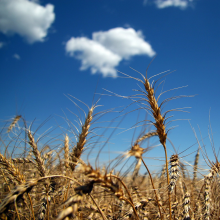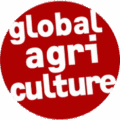
Weather-driven concerns about sugar and palm oil supplies have pushed up world food prices in October, the UN Food and Agriculture Organisation (FAO) said on Thursday. The FAO Food Price Index, a trade-weighted index that tracks prices on international markets of five major food commodity groups, reached 162 points in October, up 3.9% from September. Although food commodities were still 16% cheaper than one year ago, the price jump is a reversal of the trend from earlier this year: In July, food prices fell to their lowest level in almost six years. “The overriding issue is the weather,” Abdolreza Abbassian, a senior economist at the FAO, told Bloomberg. “There is definitely more potential for higher prices in the coming months.” The forecast for global cereal production was slightly reduced to 2.53 billion tonnes, 1.1% below last year’s record output. The UN agency said that the reduction reflects dimmer expectations about maize crops in India and Ukraine and wheat harvests in southern parts of the Russian Federation, mostly due to adverse weather. In addition, drought in Thailand led to a lower seasonal rice harvest projection. FAO predicts that world cereal utilisation in 2015 will be at 2.528 million tonnes, almost reaching production levels. Only 43% or 1096 million tonnes of cereals will be used as food. FAO projects a 1.6% growth in cereal use for animal feed, which will be concentrated in Asia, driven by increases in China, Saudi Arabia and Turkey. The FAO’s Sugar Price Index mainly contributed to the overall price increase, jumping 17.2% from September due to fears that excessive rains in Brazil and droughts in India and Thailand could destroy sugercane harvests. Another reason for the price jump is a 6.2% increase in vegetable oil prices as concerns intensify over the impact of El Niño on next year’s palm oil supply in Indonesia, coupled with slow progress in soybean plantings in Brazil as a result of bad weather. The FAO Dairy Price Index rose 9.4% from September amid concerns that milk production in New Zealand would decline, whereas meat prices remained stable. (ab)
